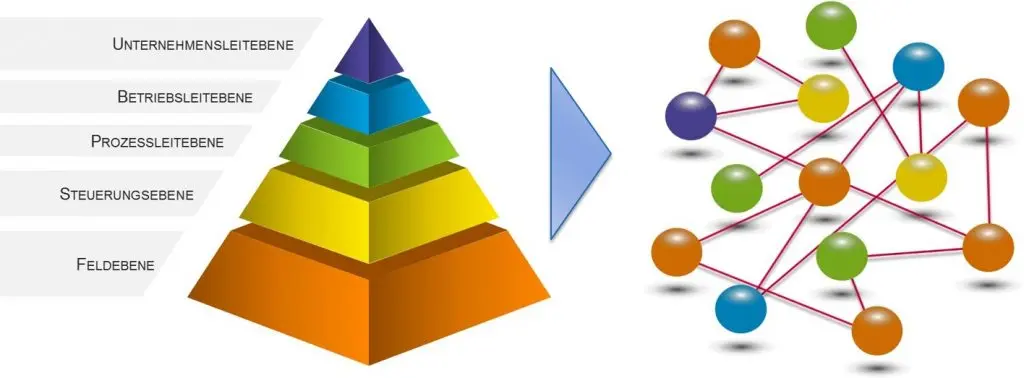Time Sensitive Networking (TSN)
Time Sensitive Networking (TSN) denotes a portfolio of standards defined by IEEE’s Working Group 802.1 with the objective to provide deterministic networking on OSI layer 2. Video streams from webcams, critical, cyclical real-time traffic for control loops, and large amounts of data for backup or logging can be transmitted simultaneously via a shared network. TSN guarantees the required transmission properties such as bandwidth, maximum latency or uninterrupted redundancy for specific types of traffic, called streams in the standard, which is referred to as QoS (Quality of Service). Application profiles select subsets of the defined functionality, and parameter ranges, for specific applications or industries.
The expectations of TSN are high, and the complexity, especially in system configuration, should not be underestimated. For the field of industrial automation, the upcoming IEC/IEEE 60802 standard, which many leading manufacturers are working on, is of particular interest. This standard will establish compatibility at network level. This in turn will enable the communication of application data with PROFINET (IRT), EtherCat or Ethernet/IP using a common infrastructure.

In the long term, the Field Level Communication project of the OPC Foundation (FLC) will extend OPC UA to the field level via TSN. This will then enable end-to-end, IP-based communication down to the individual sensors. Separate networks for real-time and best-effort traffic such as file transfer, software download, or video and audio transmission will become superfluous, and the convergence of IT and OT will become a reality. The automation pyramid will dissolve.
First pilot systems are currently going into operation, but there is not yet a wide range of TSN-capable devices.
One Size fits all?
For the user, the question arises as to whether - and if so, which - elements from the TSN portfolio should be used profitably for the specific task. After all, the performance of a network can also be improved with conventional mechanisms, sometimes even with an increase in bandwidth to 1 Gbit/s, or a selected part of the TSN process.

Everything has its price, and it does not always make sense to use all available resources. But - sometimes it does. The basis for this decision is a thorough analysis of the requirements and knowledge of the desired technology. For some areas of application, consumer technologies are also a valid alternative.